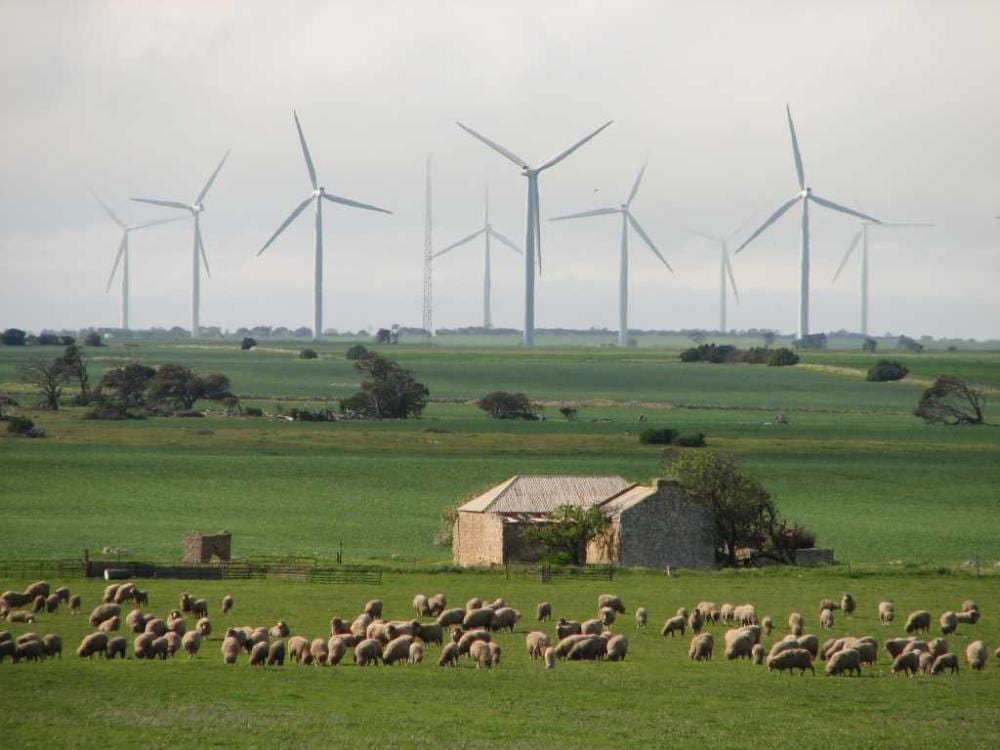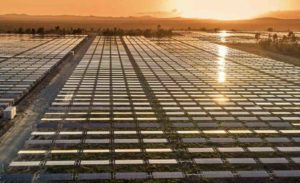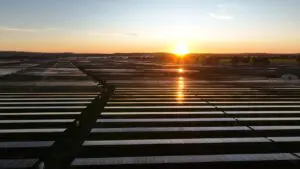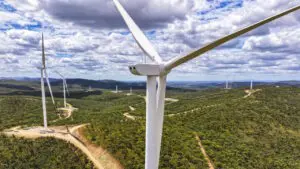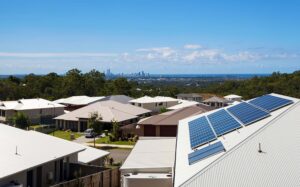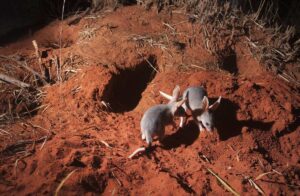Wind and solar have smashed records on Australia’s main grid, delivering an instantaneous share of more than 70 per cent of generation for the first time and pushing the renewable energy share to a new peak of 72.5 per cent on Tuesday.
The new records, the latest in a string of stunning new milestones this spring, was reached at 1.05pm (AEST) on Tuesday, and comprised a record 70.9 per cent of wind and solar alone, with hydro providing just 1.6 per cent at the time, according to data compiled by GPE NEMLog.
The new peak came mostly from rooftop solar, which provided 41.5 per cent of generation at the time, with large scale solar a further 17 per cent, and wind energy 12.3 per cent.
The potential for renewables was even higher, and could have taken the total to more than 90 per cent were it not for the fact that heavy curtailment, mostly for economic factors due to negative wholesale prices, equated to nearly 18 per cent of grid production at the time.

According to GPE NEMLog, the output of variable renewable energy – wind and solar – hit a new peak of 19971.30 MW, falling just short of the 20,000 MW benchmark.
The growing share of renewables, of course, pushed the share of coal and total fossil fuels to a new instantaneous low, with coal falling to just 25 per cent of generation on the main grid.
The unusual aspect of some of the most recent renewable record shares is that they have been occurring on weekdays, when industrial demand is usually high. Previously, most of the records fell on weekends or public holidays due to low demand.
Most renewable share records occur in Spring, due to the relatively mild weather and lack of grid demand for air conditioning. On Sunday, for the first time, the share of renewables averaged 50 per cent over a full 24 hour period.
The share of renewables over the last 12 months has grown to 38.5 per cent, still needing to more than double to reach the federal government’s target of 82 per cent renewables by 2030. The market operator expects to accomodate brief periods of up to 100 per cent renewables by 2025.
more to follow

